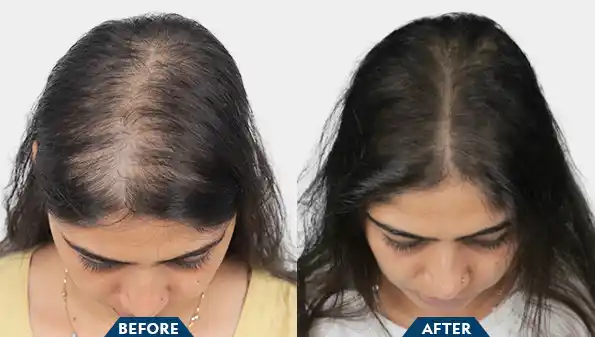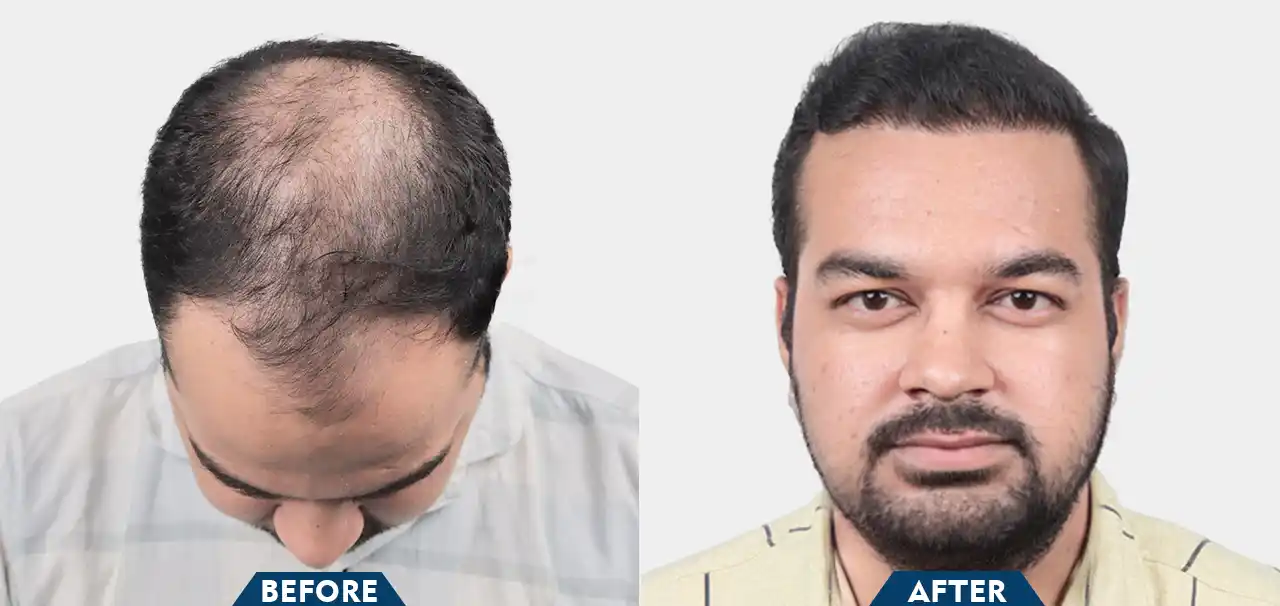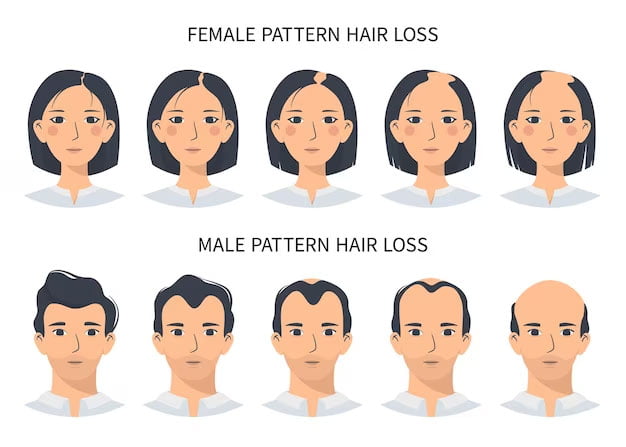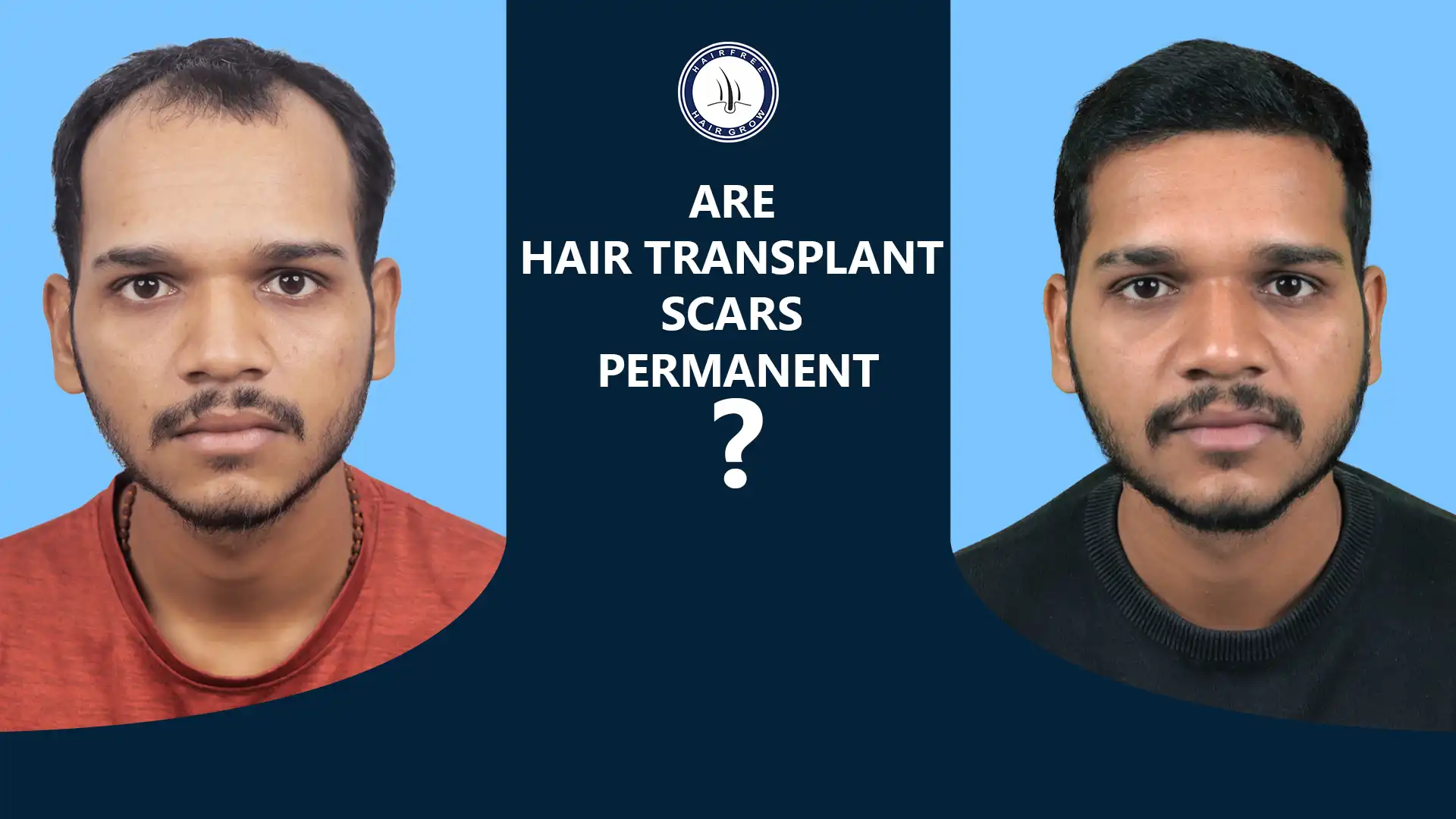
Are Hair Transplant Consultation Free? What to Expect and Why They Matter
Yes, many hair transplant clinics offer free consultations. These consultations allow you to discuss your hair loss concerns, evaluate your

This is the most common cause of hair fall in men. Androgenetic alopecia is passed on within generations. Thus one needs to look at their relatives and find out if there have been cases of hair loss that run in the family. Androgenetic Alopecia is characterized by progressive thinning of the scalp hairline.
Androgenetic alopecia is a common form of hair loss in both men and women. Androgenic alopecia is the most common type of hair loss in men. More than 50 percent of men over the age of 50 will be affected by male pattern baldness to some extent. Hair is lost in a well-defined pattern, beginning above the temples. Over time, the hairline recedes to form a characteristic “M” shape. Hair also thins at the crown, may progress to partial or complete baldness. Commonly known as male-pattern baldness.In female pattern baldness, hair becomes thinner all over the head, and the hairline does not recede. Androgenetic alopecia in women rarely leads to total baldness.
The first sign of AGA is seen as the recession of temporal hair or loss of side hair. Further, as the condition progresses hair loss moves and the hair loss covers the entire crown. Hormonal changes that are shown in men to be from Androgens are the major cause of hair loss. This can be easily reversed with medications and some other procedures which don’t require surgery. FUE and FUT Hair Transplant can easily reverse this condition.
Hairfree and Hairgrow will help you move forward with a 100% success rate and you will look back on this condition as just a bad memory.

In contrast to male-pattern baldness, women lose their hair in a different pattern. While the hairline does not recede, women’s hair thins down all over their heads. Women with androgenetic alopecia rarely develop complete baldness.

Men’s androgenetic alopecia has been linked to a number of different illnesses, such as coronary heart disease and prostate enlargement. Androgenetic alopecia has also been linked to prostate cancer, insulin resistance conditions (such diabetes and obesity), and high blood pressure (hypertension). This type of hair loss in women is linked to a higher incidence of polycystic ovary syndrome (PCOS). A hormonal imbalance that can result in irregular menstruation, acne, extra body hair (hirsutism), and weight gain is what PCOS is known for.

Androgenetic alopecia is a frequent cause of hair loss in both men and women. This form of hair loss affects an estimated 50 million men and 30 million women in the United States. Androgenetic alopecia can start as early as a person’s teens and risk increases with age; more than 50 percent of men over age 50 have some degree of hair loss. In women, hair loss is most likely after menopause.
Androgen hormones, particularly dihydrotestosterone, are the main cause of androgenetic alopecia (male pattern baldness).
Androgens are vital for male sexual development during puberty and before birth, as well as for regulating hair growth and sex drive in both males and females.
Hair growth begins in follicles located underneath the skin. Each hair strand typically grows for 2-6 years, then enters a resting phase before falling out. The cycle repeats when the follicle starts producing new hair.
Elevated androgen levels in hair follicles can shorten the hair growth cycle, leading to the production of shorter and thinner hair strands and delaying the creation of new hair.
While multiple genes may contribute to androgenetic alopecia, research has identified the AR gene variant as a significant factor.
The AR gene provides instructions for creating the androgen receptor protein, which allows the body to respond appropriately to androgens like dihydrotestosterone.
Polymorphisms in the AR gene can increase androgen receptor activity in hair follicles, potentially contributing to hair loss in individuals with androgenetic alopecia. However, the exact mechanisms by which these genetic variations impact hair loss are still not fully understood.
If you have hair loss,baldness problem then our Hairfree Hairgrow is the best hair transplant clinic india,branches is available in Pune, Surat, Kolkata, Bhopal, Gurugram, Hyderabad,Ahmedabad here we also do best alopecia treatment in our clinic. If you want to know about Androgentic alopceia treatment cost then click on hair transplant cost

Yes, many hair transplant clinics offer free consultations. These consultations allow you to discuss your hair loss concerns, evaluate your

Generally, no, hair transplants are not covered by insurance in India, especially for cosmetic purposes like male pattern baldness. Hair

Yes, hair transplant scars are generally considered permanent, but their appearance can improve over time and be minimized with careful
Find Out in 3 Minutes, Your Hair Problem Solution.

About Hair Transplant
©2025 Hairfree laser Pvt ltd All rights reserved.
Developed by : Priyesh Khatrani